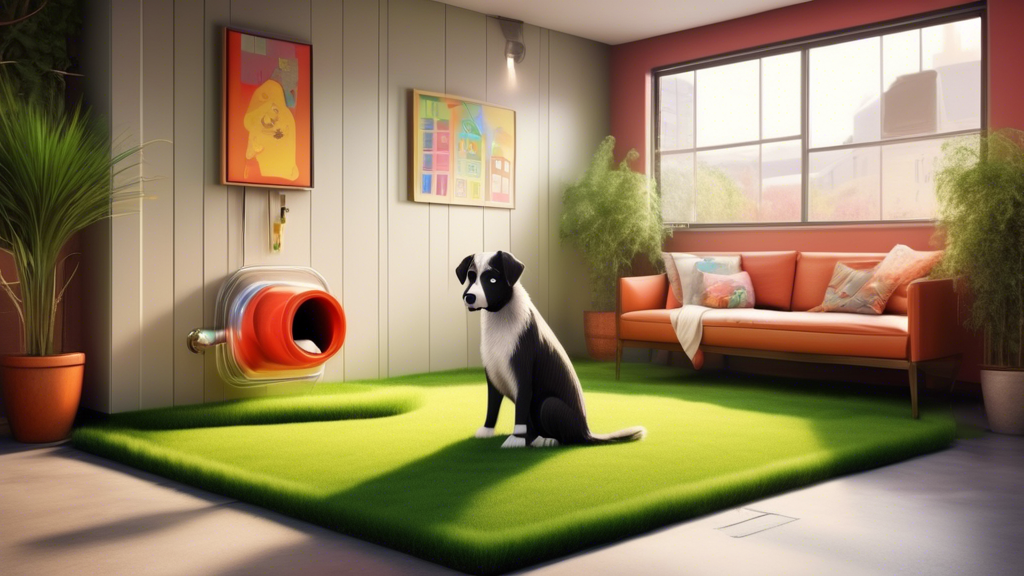Introduction to Indoor Pee Areas for Dogs
As a dog owner, sometimes you might find yourself needing an alternative to outdoor potty breaks, be it due to living in a high-rise, inclement weather, or having a dog with mobility issues. Creating an indoor pee area can be a practical solution, helping to minimize accidents and maintain your dog’s comfort. Here’s how you can set up an efficient indoor pee area for your furry friend.
Choosing the Right Location
Selecting an appropriate location within your home for your dog’s indoor pee area is crucial. It should be a low-traffic area that is easy to clean. Bathrooms, balconies, mudrooms, or laundry rooms are ideal because they often have water-resistant flooring and are somewhat removed from the main living spaces. Ensure the spot is easily accessible to your dog at all times.
Options for Indoor Pee Areas
There are several options you can explore depending on your living situation and your dog’s needs. These include commercial indoor potty systems, homemade solutions, and naturally inspired setups.
1. Commercial Dog Potty Systems
These typically include artificial grass pads, litter box-type solutions, or absorbent mats. Artificial grass systems often come with a tray underneath where liquid waste can be collected and later emptied. Litter box systems might use absorbent pellets, similar to those used for cats. Absorbent mats, on the other hand, are disposable and can be thrown away after use.
2. Homemade Solutions
If you prefer a DIY approach, you can create an indoor pee area using items such as old shower curtains, newspapers, or puppy pads. Lay a waterproof layer down first to protect your floor, followed by the absorbent layer, and perhaps a final layer to simulate grass or to add comfort for your dog’s paws.
3. Natural and Eco-Friendly Options
For those preferring a more natural setup, real grass patches are available that can be placed indoors. These patches are real grass and need to be replaced periodically. They provide a more authentic experience for your dog and are fully biodegradable, hence eco-friendly.
Training Your Dog to Use the Indoor Pee Area
Training your dog to use the new indoor pee area is essential. Start by encouraging them to explore the area under supervision. You can lead your dog to the pee area and use a command such as “go potty” to create a consistent association. Reward your dog with treats or praise immediately after they use the spot correctly. It might also help to place some of your dog’s urine on the mat or grass initially to mark the spot with their scent.
Maintenance and Hygiene
Keeping the indoor pee area clean is vital for the health and hygiene of both your home and your pet. If you are using a reusable system, wash it regularly with soap and water and ensure it’s completely dry before putting it back. For disposable systems, replace them frequently to avoid odors and leakage. Always sanitize the area to prevent bacterial growth and use pet-friendly cleaning products.
Handling Accidents
Even with the best setup, accidents can happen. If your dog misses the mark or uses another area of the house, it’s important not to punish them. Instead, clean up the accident promptly and continue to encourage the use of the pee area regularly. Understanding and patience are key during the training phase.
Conclusion
Creating an indoor pee area for your dog is a practical solution for many dog owners faced with specific challenges. By choosing the right location and setup, and encouraging proper use through positive reinforcement, you can make this a successful addition to your dog’s routine, enhancing their comfort and your convenience.

